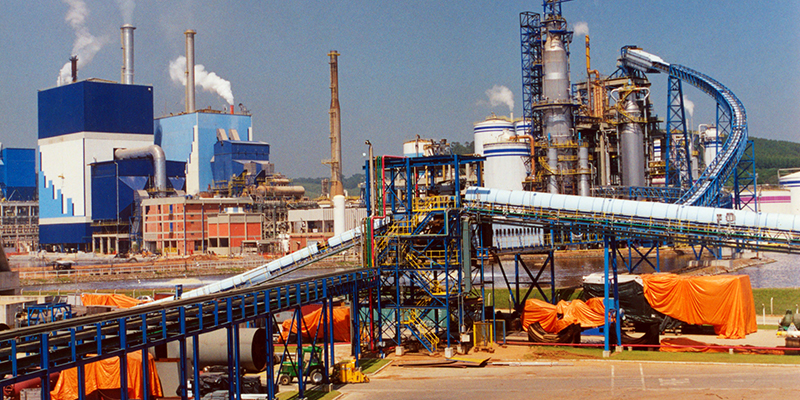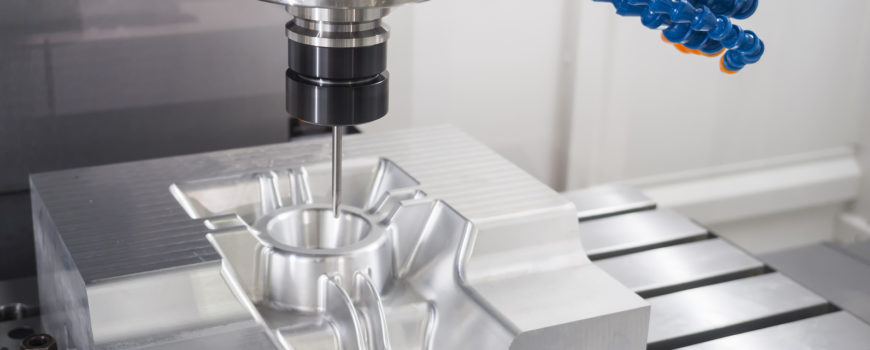Today, the highest concentration of manufacturing in the world is still in China. Having displaced the United States from the number one spot of world’s largest manufacturing nation back in 2010, China has continued to solidify its dominance as the world leader. As of 2013, according to data published by the United Nations, China accounted for 23.2% of the total world manufacturing sector while U.S. came in second with an 18.1% share. Japan, Germany and Korea rounded up the list of top 5 with 7.8%, 6.3% and 3.1% respectively.
China continues to be one of the most rapidly growing countries in the world. And when it comes to manufacturing, the country is definitely reigning as the supreme world supplier of electronics, automobile spare parts, commercial goods, steel products, communication equipment, and more. It currently has the largest concentration of manufacturing industries in the world, and according to statistics, 6 out of the major 10 export ports in the world are in China.
Here is a breakdown of China’s manufacturing empire, spread out in 5 major metroplexes;
1. Shanghai
Shanghai is not only one of the major financial, economic, trade, manufacturing and shipping cities in China, but also the world. It has rapidly been developing industries over the past 25+ years, which has massively attributed to its overall success. It is responsible for the manufacturing of automobiles, steel products, electronics, communication equipment and devices, petrochemicals and biomedicine.
Shanghai is also connected to the nearby cities of Ningbo and Hangzou by the Hangzou Bay Bridge and an overland high-speed rail. These two brother cities also indulge in heavy manufacturing of commercial and consumer goods daily.
2. Beijing
Beijing, the capital and most populous city in China after Shanghai, is another major hub for manufacturing companies in China. It is home to 52 of the Fortune 500 companies and its industrial sector is mainly dominated by heavy industries which contribute to over 80% of its gross industrial output.
The city’s manufacturing sector is mainly involved with electronics, pharmaceuticals, telecommunication equipment, chemicals, and food & beverages. It is also one of the leaders in information technology and bio-engineering.
3. Tianjin
A sister city to Beijing, Tianjin is another giant manufacturing sector on its own. It is one of the 4 autonomous municipalities in China; the others being Shanghai, Beijing and Chongqing, that offer immense opportunities and resources to manufacturers hence attracting them here. It is a leader in the manufacture of mobile phones, automobiles, alternative energy products, and aerospace & aviation products.
4. Guangzhou
This another prominent city in China with thousands of factories spread out all over its manufacturing zones. The factories are so diverse in their production that you can get anything from toothpicks to automobile parts here. The city is also popular with traders of African descent, most of who came here in search of low-cost goods but ended up settling down and exporting these goods back home.
5. Shenzhen
Shenzhen is a world-renown electronics manufacturing city. It is the electronics manufacturing hub of China and the world at large. Home to over 12 million people, this city is just the perfect place for you to establish an electronics manufacturing business in China.
And there you have it, the country with the highest concentration of manufacturing in the world together with its major manufacturing metroplexes and their corresponding areas of specialization.











